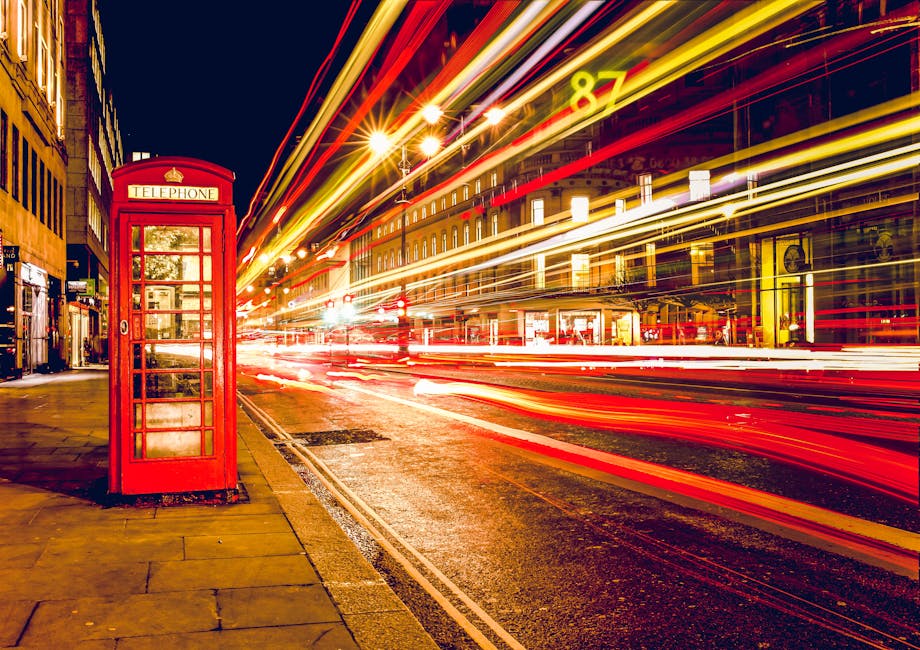CHESTNUT - Low-cost measures for urban mobility planning
05-06-2018
Sustainable mobility is only possible in a compact city where all aspects of life can be taken care of within short distances. The most important aspects include housing, supply wth goods and services, education and work, cultural events, sports and sufficient green areas and open spaces.

There is a large number of measures with relatively low or even negative costs, which can be integrated in practically every Urban Mobility Plan. There measures are directed towards comfortable and safe movement of pedestrians and cyclists, towards increasing the operational efficiency and attractiveness of public transport as well as towards reducing the negative impacts of urban motorised traffic (ai pollution, space occupation, accidents).
The following non-exhaustive list provides selected cost-efficient measures, which can be impelemted by local authorities. In most cases they don/t require changes of national regulations.
Economic incentives
- Parking pricing (higher prices, where there is high parking demand/limited public space)
- Road pricing (congestion charge, inner city-toll)
Regulatory and planning measures
- Parking management (clear definition of parking areas and limitation/reduction of parking supply)
- Walking and cycling-friendly building regulations (minimum requirements for pedestrian access and parking facilities for cyclist, etc.)
- Physical restrictions on car use (e.g. bollards, one-way roads, artificial blind alleys, pedestrian zones)
- Design standards for intermodal integration
- Walking and cycling improvement (e.g. pedestrian zones, traffic calming, lower speed limits, planning with special focus on save crossings, safe movement and shortest ways for pedestrians and cyclists, one-way streets with two-way access for cyclists)
- Public transport prioritisation (priority signalisation, bus lanes)
Infrastructure measures
Coprehensive improvement cannot be achieved from one day to another, because infrastructure-oriented measures require financial resources. Therefore, smart planning authorities implement the following measures, whenever a new road is constructed or an existing road maintained or renewed:
- Traffic calming (e.g. narrowing traffic lanes, road surface elevation and speed bumpers at crossings, non-straight street designs)
- Public transport optimisation and acceleration (e.g. physically segregated public transport corridors, bus lanes, bus stops in cap design, elevated traffic lanes at bus and tram stops for barrier-free access - in combination with security signalling)
- Cycling improvement (e.g. allocation of car traffic lanes towards cycling, introduction of cycling lanes - more space for cyclists should not take place at the expanse of pedestrians)
Source: sutp.org
